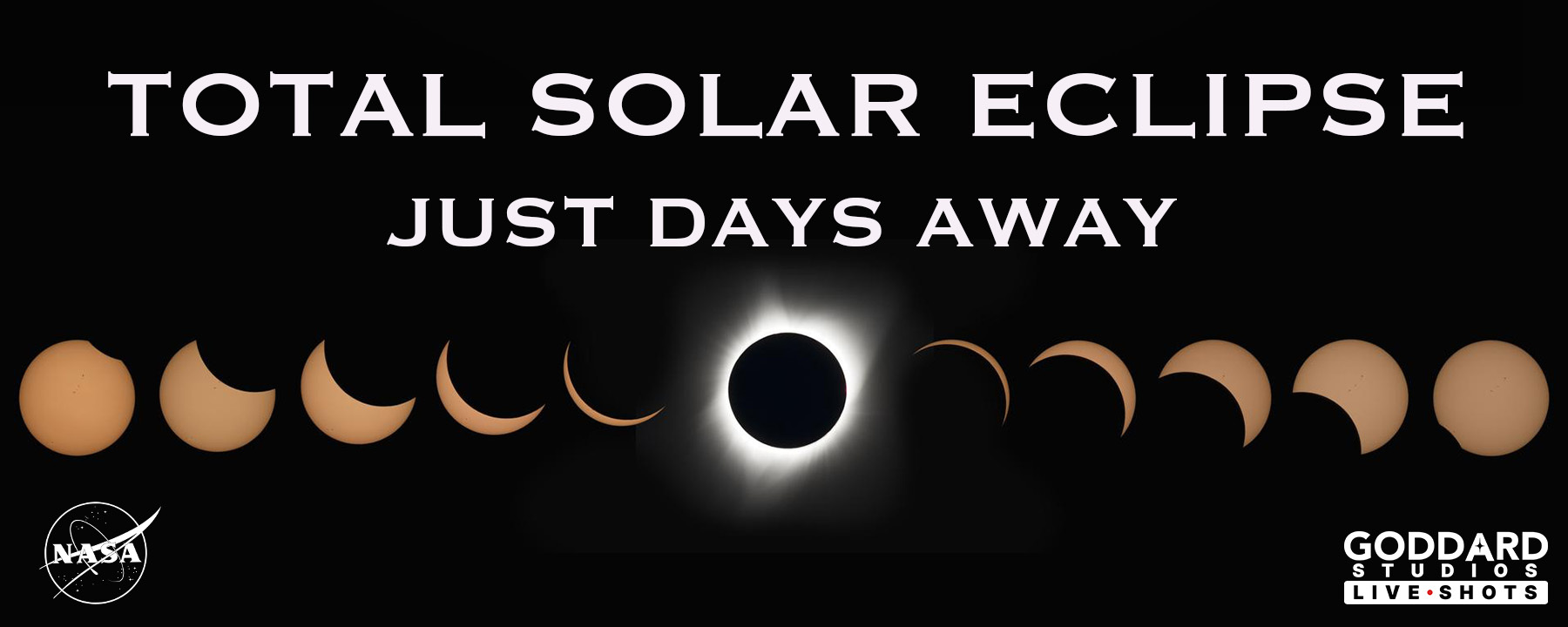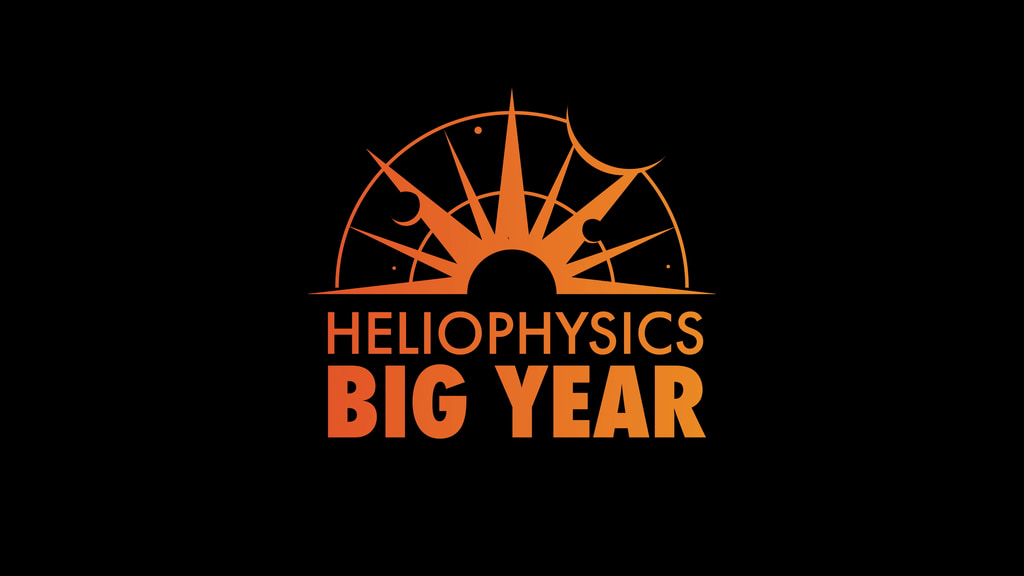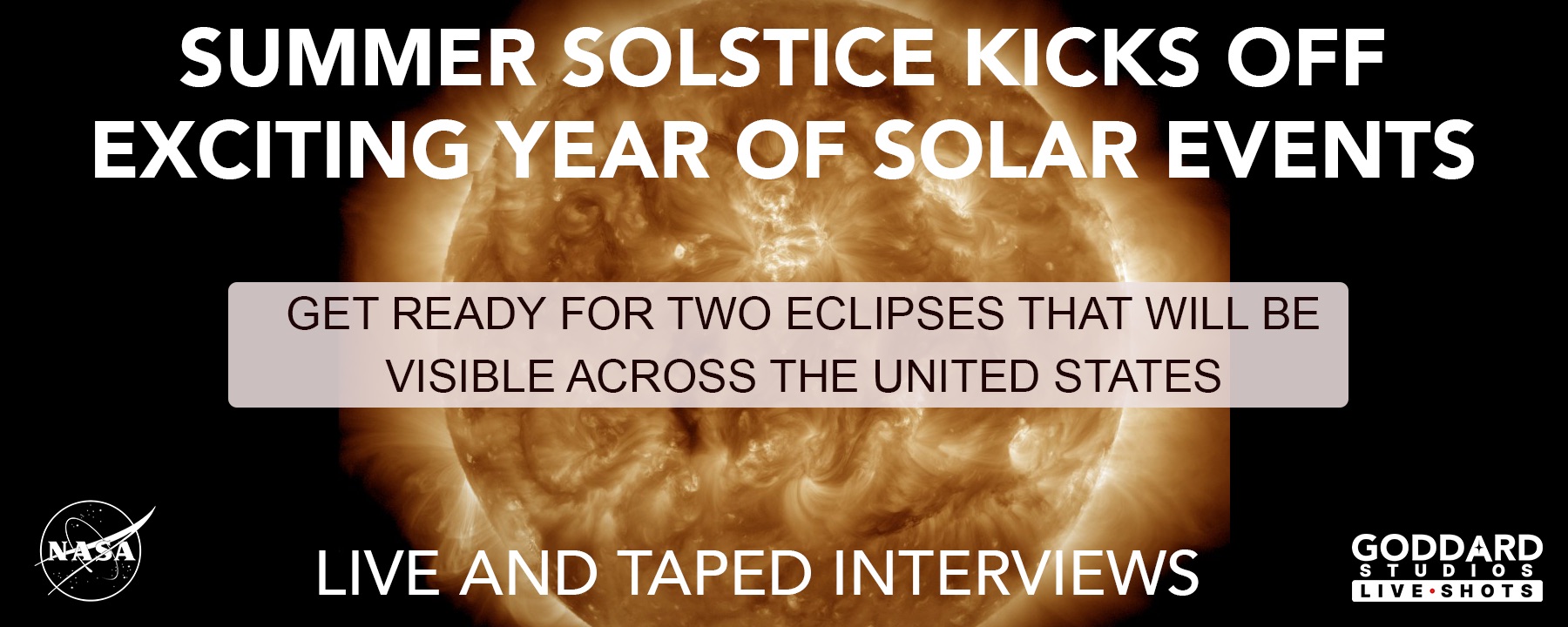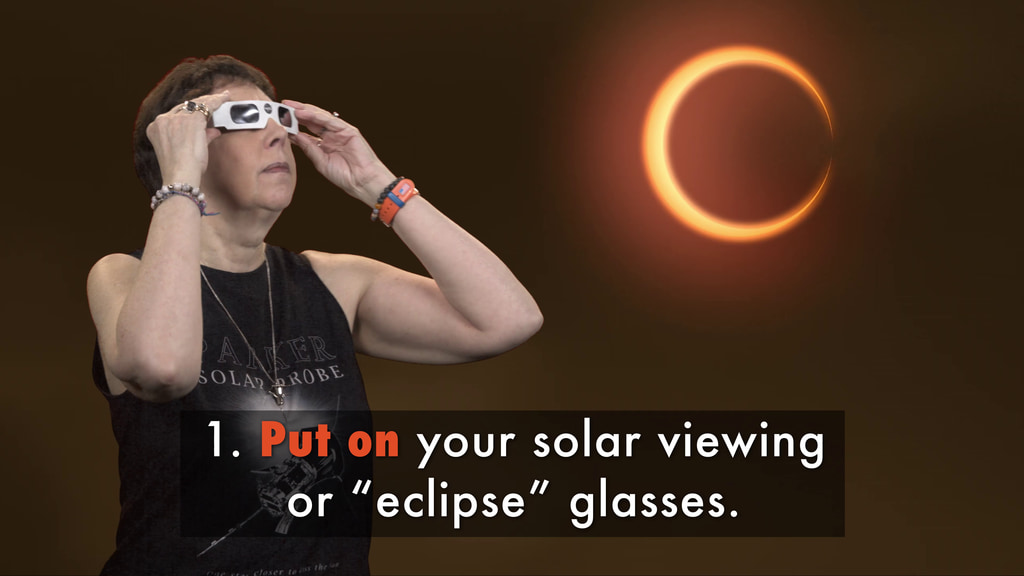Solar Eclipse Animation Elements
Due to their relative scale and distances, the disks of the Sun and the Moon appear to be almost the same size in the sky when standing on Earth. This means that even though the Moon is much smaller than the Sun, it can block most or all of the Sun's light, resulting in a dark shadow over Earth called a solar eclipse.
These videos are designed to help describe some of the dynamics that determine how solar eclipses work and why they are important for those of us living on Earth.
The Moon travels in a not-quite-circular orbit around Earth, meaning that it is at times closer to us than others. We call the Moon's closest point to Earth "perigee," and its farthest point from Earth is "apogee."
When the Moon passes between the Sun and Earth while near perigee, it completely blocks out the Sun causing a total eclipse. When the Moon passes between the Sun and Earth, and it is near apogee, it creates an annular eclipse that covers most of the Sun; the edges of the Sun remain visible and create a "ring of fire."
This diagram illustrates how an annular eclipse shadow can have many different characteristics for observers on Earth. Because the umbra of the shadow does not reach Earth's surface, no observers will see the Sun completely disappear. Instead, observers in the penumbra of the shadow will witness a partial eclipse, where a crescent portion of the Sun is still visible, and observers in the antumbra of the shadow will witness a "ring of fire" – a thin sliver of the Sun's light that is visible as a ringed outline around the Moon.
Compare this diagram of an annular eclipse to the diagram of a total eclipse to see how they are different.
Why, however, doesn't Earth experience an eclipse every month, when the Moon passes between Earth and the Sun? The answer is that the Moon's orbit is slightly tilted (not visible here) and so the Moon is often slightly above or below the line between Earth and the Sun, meaning its shadow gets cast into space instead of onto Earth.
This diagram illustrates how a total eclipse shadow can have many different characteristics for observers on Earth. Observers in the umbra of the shadow will witness darkness, as if it was twilight. Observers in the penumbra of the shadow will witness a partial eclipse, where part of the Sun is still visible.
Compare this diagram of a total eclipse to the diagram of an annular eclipse to see how they are different.
Why, however, doesn't Earth experience an eclipse every month, when the Moon orbits Earth and passes between Earth and the Sun? The answer is that the Moon's orbit is slightly tilted (not visible here) and so the Moon is often slightly above or below the line between Earth and the Sun, meaning its shadow gets cast into empty space instead.
This conceptual animation is an example of what you might expect to see through certified eclipse glasses or a handheld solar filter during an annular solar eclipse, like the one happening over the United States on October 14, 2023. Annular eclipses are famous for the "ring of fire" effect that appears around the edge of the Moon. This happens because the Moon is slightly farther from Earth and appears too small to block out the Sun completely.
This conceptual animation is an example of what you might expect to see during a total solar eclipse, like the one happening over the United States on April 8, 2024. You should never look directly at the Sun's light without protective eyewear, but for a brief time referred to as "totality," when the Moon is completely blocking the disk of the Sun, the Sun’s tenuous atmosphere known as the corona is visible and can be viewed without protective eyewear. In this animation, we brighten the scene by a factor of about 100 thousand just before totality so you can see a feature called the "diamond ring" or "Baily's Beads". These are the last sharp points of sunlight visible, shining through the valleys on the edge of the moon, and they can be seen at the same time as the corona.
Don't forget to put your protective eyewear back on before the Sun reappears from behind the Moon!
Credits
Please give credit for this item to:
NASA's Scientific Visualization Studio
-
Visualizer
-
Andrew J Christensen
(SSAI)
-
Andrew J Christensen
(SSAI)
-
Technical support
- Laurence Schuler (ADNET Systems, Inc.)
- Ian Jones (ADNET Systems, Inc.)
-
Science advisors
- C. Alex Young (NASA/GSFC)
- Michael S. Kirk (NASA/GSFC)
- Carina R. Alden (Catholic University of America)
Release date
This page was originally published on Friday, April 14, 2023.
This page was last updated on Friday, November 22, 2024 at 12:15 AM EST.


![Map Credit: Michala Garrison and the Scientific Visualization Studio (SVS), in collaboration with the NASA Heliophysics Activation Team (NASA HEAT), part of NASA’s Science Activation portfolio; eclipse calculations by Ernie Wright, NASA Goddard Space Flight CenterMusic Credit: “Cascades” by Air Jared [ASCAP], Sebastian Barnaby Robertson [BMI] via Universal Production Music
Watch this video on the NASA Goddard YouTube channel.](/vis/a010000/a014400/a014474/14474_Thumbnail.png)

![VERTICAL VersionMusic Credit: “Tall Grass” by Jacob Paul Turner [BMI], Marc Pueschl [GEMA], Sebastian Barnaby Robertson [BMI] via Universal Production MusicComplete transcript available.](/vis/a010000/a014300/a014390/AnnularEclipseSafety_Thumbnail-VERTICAL_print.jpg)


![Credit: NASA's Goddard Space Flight CenterMusic: "Insect Village" by Anthony Donje [PRS] from Universal Production MusicComplete transcript available.](/vis/a010000/a014300/a014325/14325_AnnularEclipseExplainer_FB.00120_print.jpg)